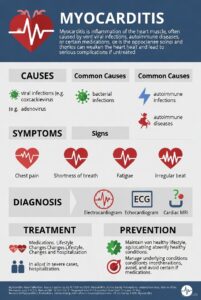Phosphate
- Primary anion in ICF
- Essential to function of muscle, red blood cells, and nervous system
- Involved in acid-base buffering system, ATP production, cellular uptake of glucose, and metabolism of carbohydrates, proteins, and fats
- Serum levels controlled by parathyroid hormone
- Maintenance requires adequate renal functioning
- Reciprocal relationship with calcium
- Hyperphosphatemia
- High serum PO43- caused by
- Acute kidney injury or chronic kidney disease
- Chemotherapy
- Excess intake of phosphate or vitamin D
- Hypoparathyroidism
- Manifestations
- Neuromuscular irritability and tetany (hypocalcemia)
- Calcified deposits in soft tissue like, arteries, skin, kidneys, and corneas (can cause organ dysfunction)
- Numbness and tingling in extremities and region around mouth
- Hyperreflexia, muscle cramps
- Tetany, seizures
- Management
- Identify and treat underlying cause
- Restrict foods and fluids containing phosphorus
- Oral phosphate-binding agents
- Volume expansion and forced diuresis
- Correct any hypocalcemia
- Hemodialysis
- High serum PO43- caused by
- Hypophosphatemia
- Low serum PO43- caused by
- Malnourishment/malabsorption/diarrhea
- Use of phosphate-binding antacids
- Inadequate replacement during parenteral nutrition
- Manifestations
- CNS depression
- Muscle weakness and pain
- Respiratory and heart failure
- Rickets and osteomalacia
- Cardiac problems (dysrhythmias, heart failure)
- Osteomalacia, rickets
- Rhabdomyolysis
- Management
- Oral supplementation
- Ingestion of foods high in phosphorus
- IV administration of sodium or potassium phosphate
- Low serum PO43- caused by
|
Phosphate Imbalances: Causes and Manifestations |
|
|
Hyperphosphatemia (PO43− >4.4 mg/dL [1.42 mmol/L]) |
Hypophosphatemia (PO43− <2.4 mg/dL [0.78 mmol/L]) |
|
Cause |
|
|
|
|
|
|
|
|
|
|
|
|
|
|
|
|
|
|
|
|
|




